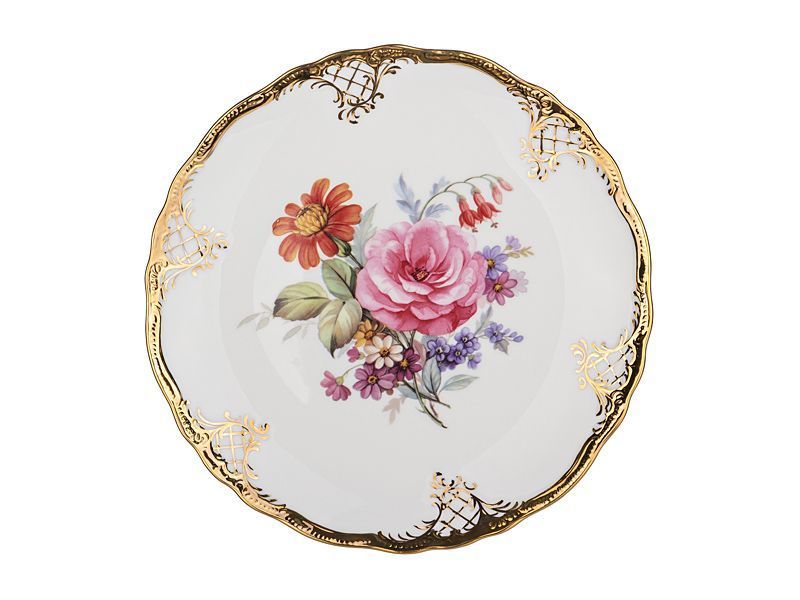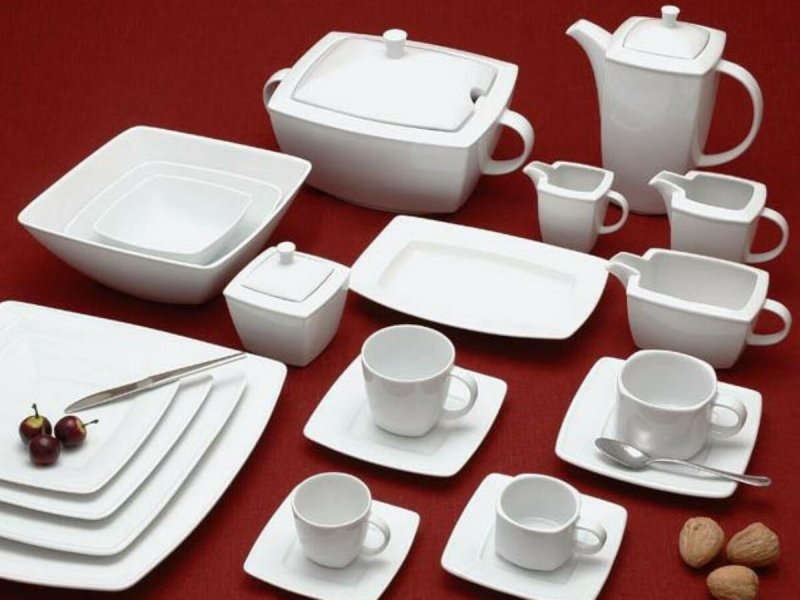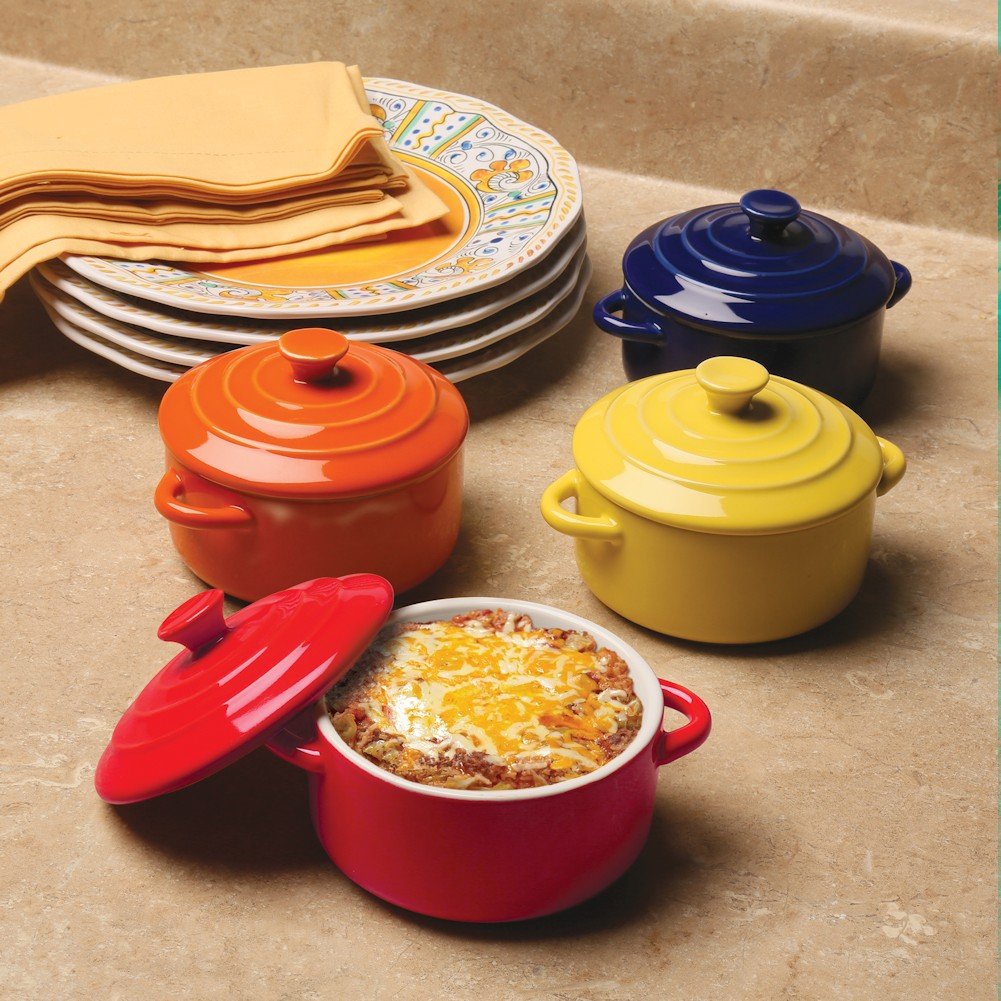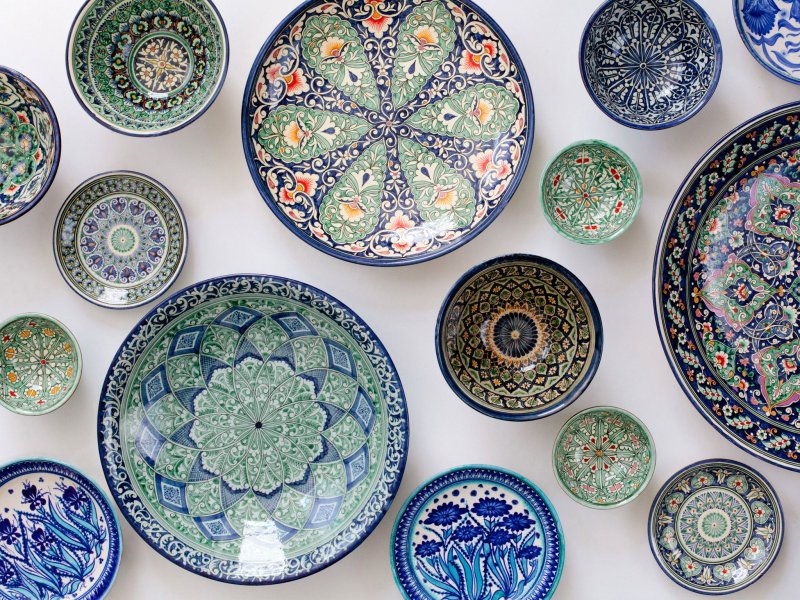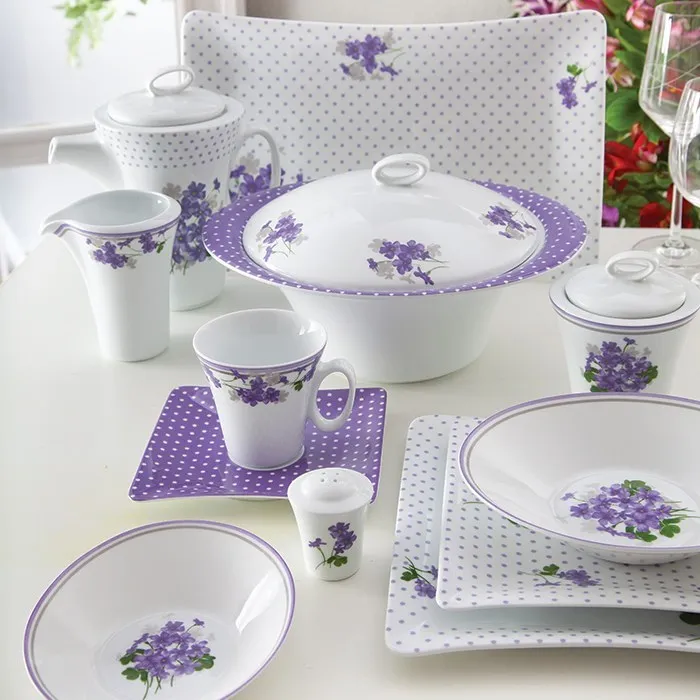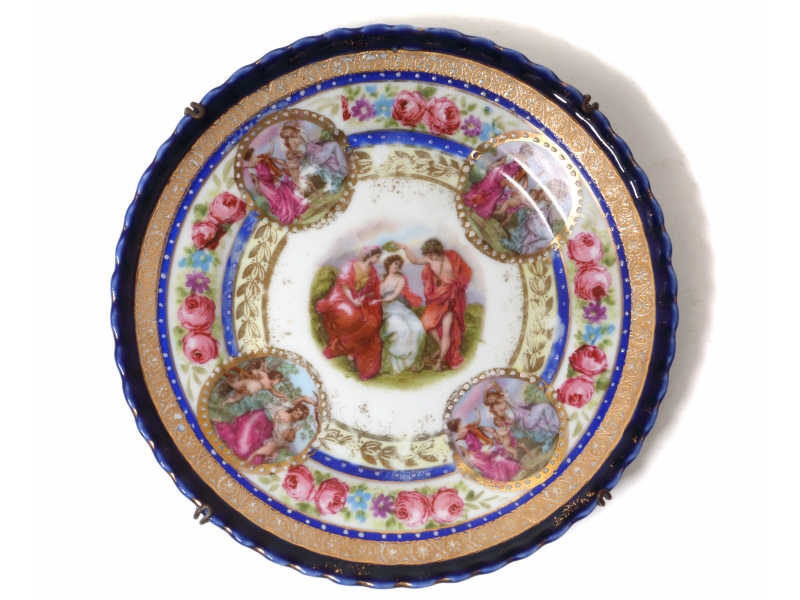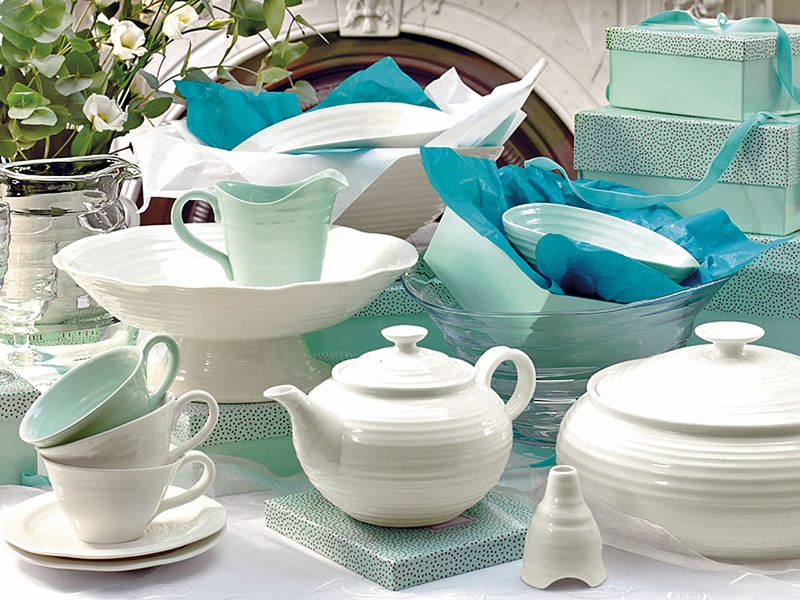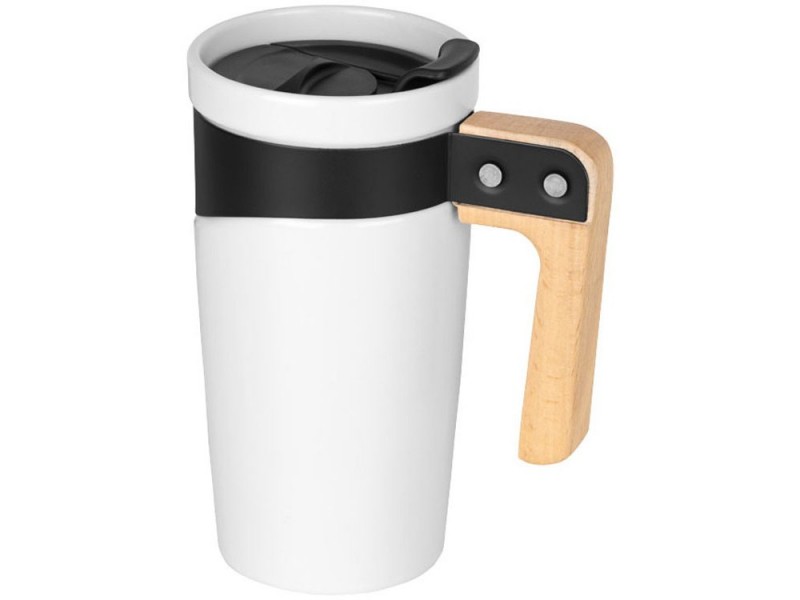A Comprehensive Guide to Porcelain Glass PlatesA Comprehensive Guide to Porcelain Glass Plates
Introduction:
Porcelain glass plates are a key element in the tableware industry, offering elegance, durability, and versatility. They have become a popular choice for restaurants, hotels, catering services, and even informal family gatherings. In this comprehensive guide, we will delve into the world of porcelain glass plates, exploring their characteristics, benefits, and factors to consider when purchasing them.
1. The Definition and Characteristics of Porcelain Glass Plates:
Porcelain glass plates are made from a blend of porcelain and glass, resulting in a superior material that combines the best attributes of both materials. These plates have a translucent appearance, similar to traditional porcelain, but with the added benefit of increased strength and durability due to the inclusion of glass fibers. The blend of materials also ensures that porcelain glass plates are chip-resistant, oven-safe, and microwave-safe.
2. Benefits of Porcelain Glass Plates:
a) Elegance: Porcelain glass plates exude an air of sophistication and elegance, enhancing the visual appeal of any dish they present. Their translucent finish adds a touch of sophistication to a table setting, making them a popular choice for upscale restaurants and special occasions.
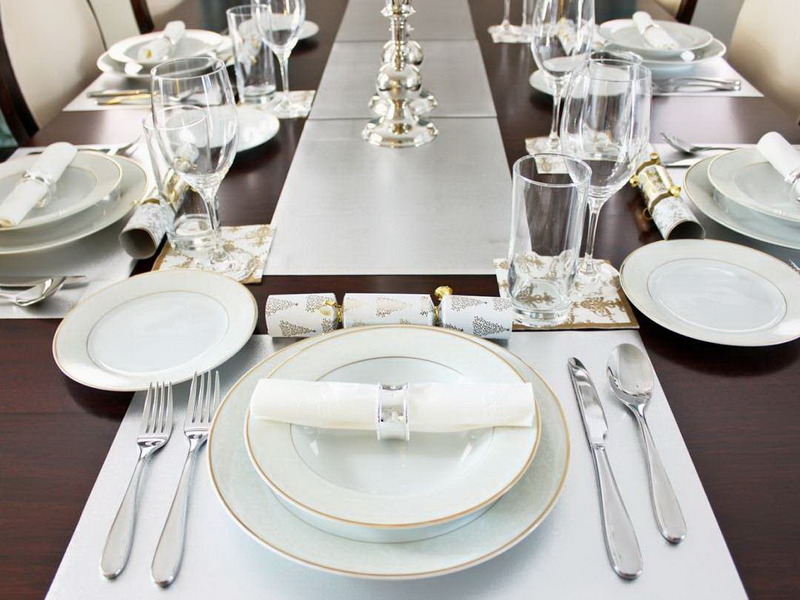
b) Durability: The inclusion of glass fibers in porcelain glass plates provides greater strength and resilience, making them less prone to chipping or breaking compared to traditional porcelain plates. This durability ensures a longer lifespan for these plates, making them a cost-effective investment in the long run.
c) Versatility: Porcelain glass plates come in a wide range of shapes, sizes, and designs, making them suitable for various occasions, from formal dining to casual gatherings. They can be used for serving appetizers, main courses, desserts, or even as stylish display pieces.
3. Factors to Consider When Purchasing Porcelain Glass Plates:
a) Design and Style: Consider the overall design aesthetics and theme of your establishment or event. Select plates that complement the ambiance and enhance the dining experience. Modern and minimalist designs work well in contemporary settings, while ornate and decorative styles are ideal for more traditional setups.
b) Size and Shape: Determine the intended use of the plates and choose the appropriate size and shape accordingly. Whether you are serving individual dishes or sharing platters, select plates that accommodate the specific culinary requirements and presentation style.
c) Quality and Craftsmanship: Investigate the reputation and background of the manufacturer to ensure the plates are of high quality and crafted with attention to detail. Look for plates that are glazed evenly, have a smooth finish, and exhibit sturdy construction.
4. Popular Applications of Porcelain Glass Plates:
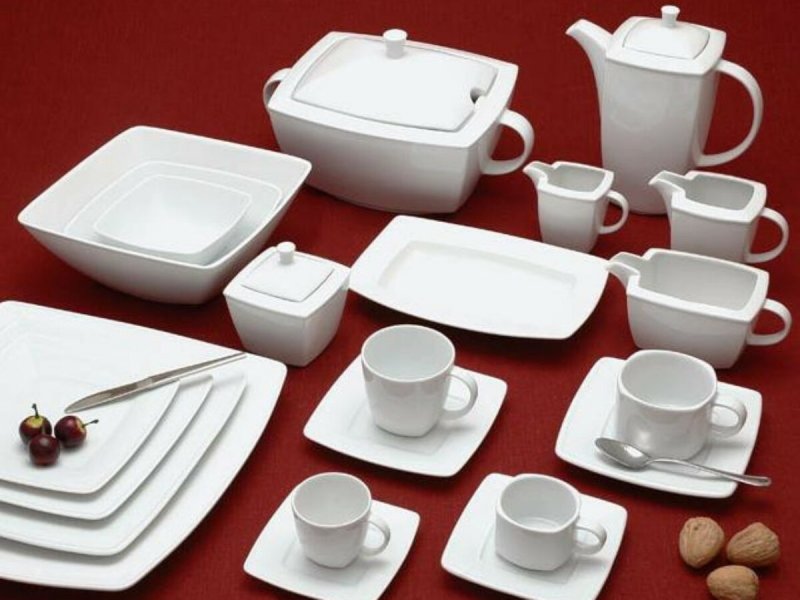
a) Restaurants and Hotels: Porcelain glass plates are highly favored by restaurants and hotels due to their ability to showcase dishes flawlessly. They enhance the presentation of gourmet creations and elevate the overall dining experience for guests.
b) Catering Services: The durability and elegance of porcelain glass plates make them a top choice for catering services. These plates can withstand frequent transportation and handling, making them suitable for large-scale events such as weddings, corporate functions, and banquets.
c) Home Dining: Porcelain glass plates are not exclusive to professional settings. They are increasingly being utilized in residential dining as people seek to create a luxurious and refined ambiance within their homes. These plates can transform everyday meals into memorable dining experiences.
5. Care and Maintenance of Porcelain Glass Plates:
a) Handwashing: While porcelain glass plates are dishwasher-safe, it is recommended to handwash them to maintain their pristine condition. Use a mild detergent and a soft sponge or cloth to gently wash the plates, avoiding abrasive scrubbers that may damage the delicate finish.
b) Storing: To prevent scratching or chipping, place a soft cloth or paper towel between stacked plates during storage. Avoid stacking plates too high to ensure their weight is distributed evenly and reduce the risk of breakage.
c) Oven and Microwave Usage: Porcelain glass plates are safe to use in the oven or microwave, but it is essential to follow manufacturer guidelines regarding temperature limitations. Avoid subjecting plates to sudden temperature changes, as this can cause cracking or breakage.
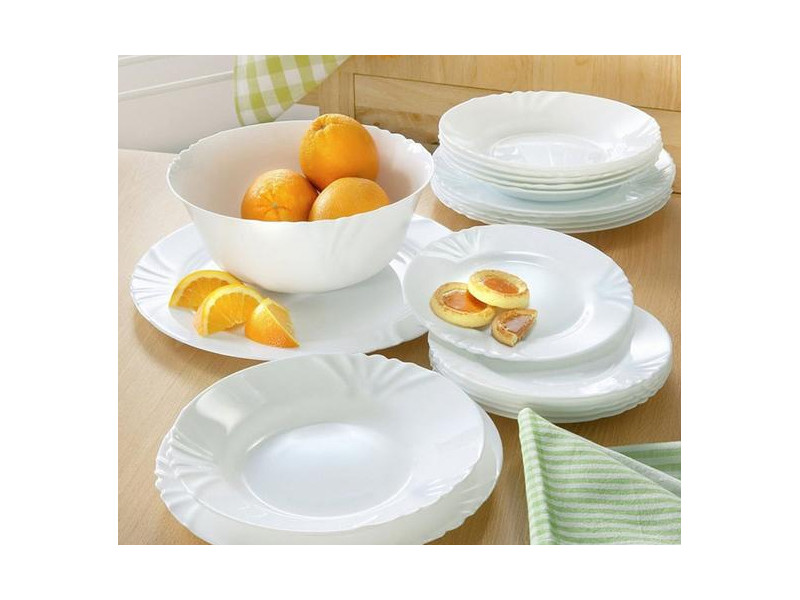
6. Notable Brands in the Porcelain Glass Plate Market:
a) Royal Doulton: This renowned brand offers a range of high-quality porcelain glass plates, known for their elegant designs and flawless craftsmanship. Their plates are favored by establishments that prioritize both functionality and sophistication.
b) Wedgwood: Wedgwood is a brand synonymous with luxury and refinement. Their porcelain glass plates feature timeless designs and impeccable quality, making them a popular choice for upscale dining establishments and exquisite events.
c) Villeroy & Boch: Villeroy & Boch is known for its diverse collection of porcelain glass plates, blending traditional designs with contemporary aesthetics. With their emphasis on functionality and style, Villeroy & Boch plates are highly versatile and suitable for various dining settings.
Conclusion:
Porcelain glass plates offer a harmonious fusion of porcelain elegance and glass durability. They have gained recognition and popularity among businesses and individuals seeking a sophisticated table setting. With their translucent appearance, versatility, and durability, porcelain glass plates have become an essential element in the world of fine dining and event hosting. By considering the factors mentioned in this guide, investing in high-quality porcelain glass plates can enhance the overall dining experience, create a lasting impression, and elevate any occasion to new levels of elegance.
